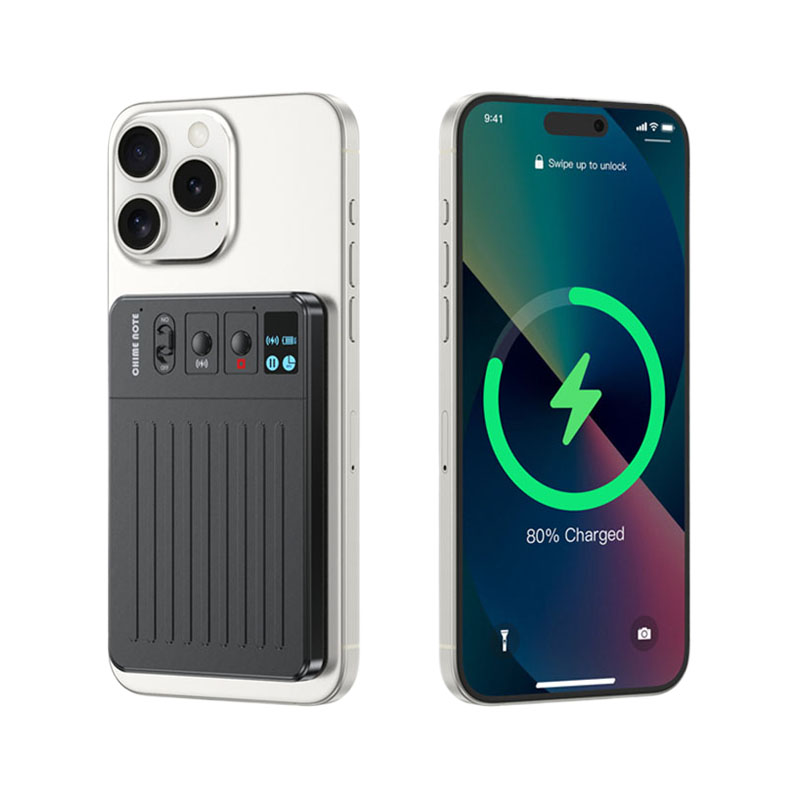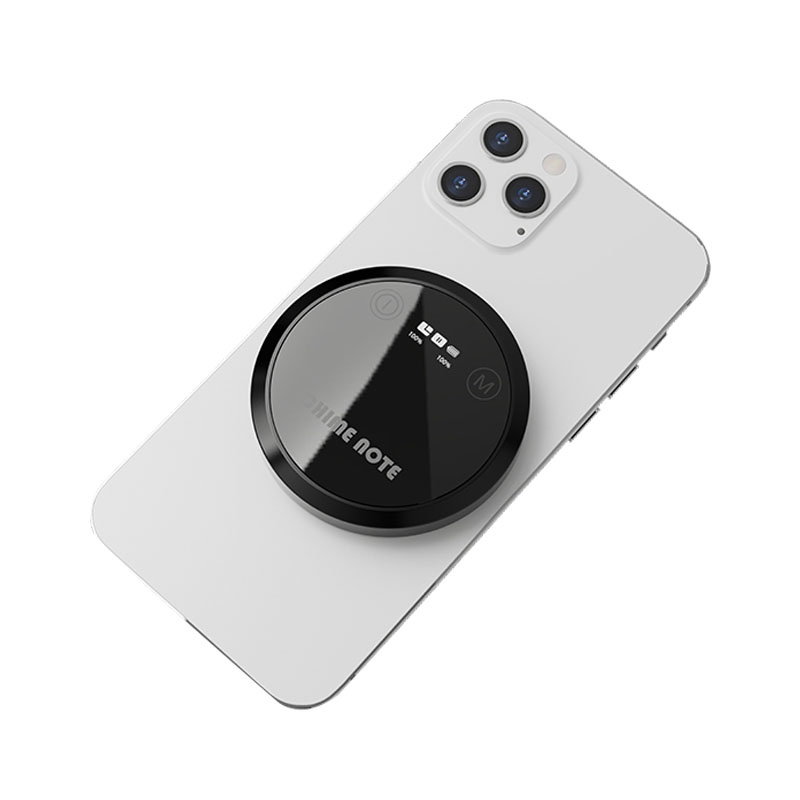How to optimize the speech recognition accuracy of AI Recorder in multi-language mixed scenarios?
Release Time : 2025-09-18
In multilingual scenarios, AI recorders must overcome the limitations of traditional speech recognition through technological integration and contextual awareness. Traditional tools often rely on a single language model. When faced with a mix of Chinese and English and the use of specialized terminology, recognition errors often occur due to model switching lag or semantic fragmentation. The new generation of AI recorders, however, builds a unified multilingual acoustic framework that maps pronunciation features from different languages into a shared phoneme space. For example, it associates the high-frequency formant parameters of the Chinese character for "四" (four) with the English character for "see." This enables the system to simultaneously capture cross-lingual phonemes in mixed sentences, avoiding recognition interruptions caused by misclassified language tags.
The contextual awareness of language models is central to AI recorder optimization. In multilingual scenarios, the same sentence may contain multiple language structures, such as "This project needs to be completed by next week's deadline." Traditional models can mispredict language switching points, leading to semantic fragmentation. AI recorders, however, incorporate a cross-lingual attention mechanism to construct a joint bilingual or even multilingual word embedding space. When detecting English keywords such as "project," the system automatically activates the associated Chinese semantic network, establishing a bidirectional mapping between "deadline" and "expiration date." Even when pure Chinese expressions appear later, contextual memory maintains semantic coherence, ensuring that the transcription results conform to human language conventions.
The dynamic learning mechanism of the personalized terminology library significantly improves AI Recorder's adaptability in professional scenarios. Corporate meetings often feature customized abbreviations or industry jargon, such as "KPI assessment" and "SOP process." These terms can easily be broken down into meaningless combinations using general models. The new generation of AI Recorder supports user-defined terminology libraries and automatically extracts high-frequency professional vocabulary through NLP analysis of historical recordings. The more advanced system also features terminology association learning. After a user repeatedly corrects the recognition result for "digital transformation," the model will record the term's pronunciation characteristics and contextual collocation patterns. Subsequent encounters with similar syllables prioritize matching the user's corrected record rather than relying on the statistical probability of a general model, resulting in a personalized recognition experience that becomes increasingly accurate with use.
The scene-aware noise reduction algorithm is key to AI Recorder's ability to cope with complex environments. The noise spectrum characteristics of different scenarios, such as the clatter of cutlery in a cafe, subway station announcements, and keyboard tapping in an office, vary significantly. AI Recorder uses a microphone array to collect spatial sound field information and dynamically loads the corresponding noise reduction parameter package based on GPS positioning or user-selected scene tags. For example, when detecting a subway scene, it automatically enhances low-frequency noise suppression while preserving high-frequency details in the human voice band. This prevents the loss of key information such as "Line 3" due to excessive noise reduction, ensuring that core semantics remain recognizable even in ambient noise levels of 80 decibels.
Multimodal interaction design overcomes the inherent limitations of AI Recorder's speech recognition. In strong noise or far-field scenarios, even the most advanced noise reduction algorithms cannot guarantee 100% accuracy. The new generation of AI Recorder integrates interaction methods such as keyboard input and gesture control, allowing users to manually annotate or supplement key information. For example, in a cross-border interview scenario, if an interviewee suddenly uses a dialect, the reporter can quickly access the dialect vocabulary library and manually select a word. The system simultaneously records the pronunciation characteristics of the word, providing training samples for subsequent automatic recognition, forming a "voice + touch" collaborative recognition model.
The real-time feedback optimization mechanism establishes a self-evolving closed loop for AI recorder. Traditional tools require users to manually correct recognition errors and save them separately. However, the new generation of AI recorder integrates an instant feedback portal into the transcription interface. Users can long-press the error text to access a list of candidate corrections. The system then records the corrections and uploads them to the cloud model. Through federated learning technology, user-side correction data is desensitized and used to update the global model. This not only protects privacy but also enables continuous evolution of recognition capabilities, allowing the device to quickly adapt to changes in emerging online slang or industry terminology.
The combination of end-to-end encryption and localization processing ensures data security for AI recorder in multilingual scenarios. In multinational corporate meetings, mixed-language discussions involving commercial confidentiality require strict protection against information leakage. The new generation of AI recorders uses a hardware-level encryption chip to encrypt raw audio in real time. All recognition processing is performed locally on the device, with only the desensitized semantic results uploaded to the cloud. Even if the device is lost, unauthorized users cannot restore the original audio content from the storage chip. Local processing also avoids network transmission delays and ensures smooth real-time transcription. This "secure + efficient" design makes AI recorders a reliable tool for multilingual business scenarios.







